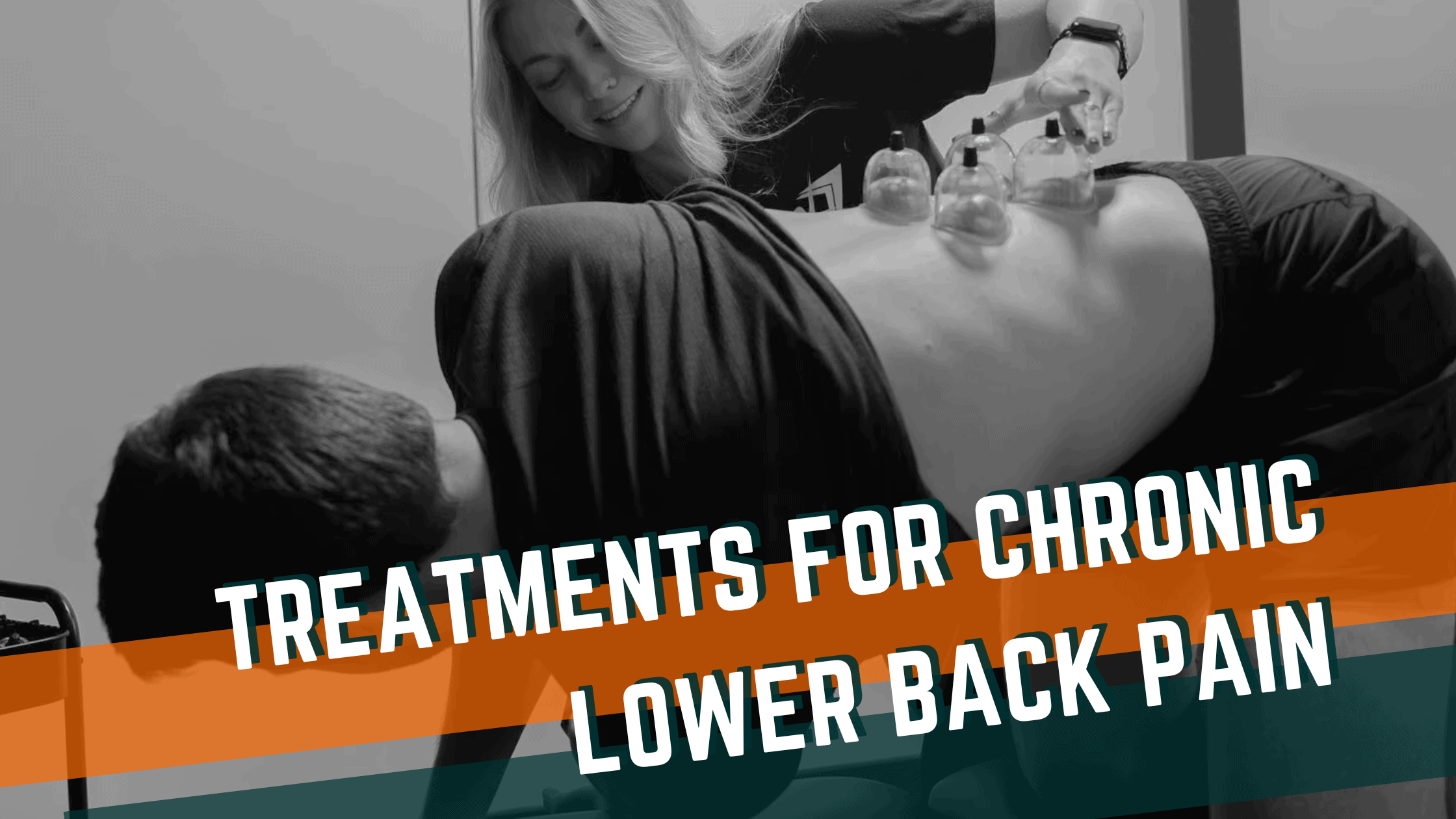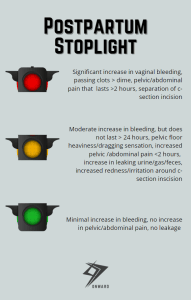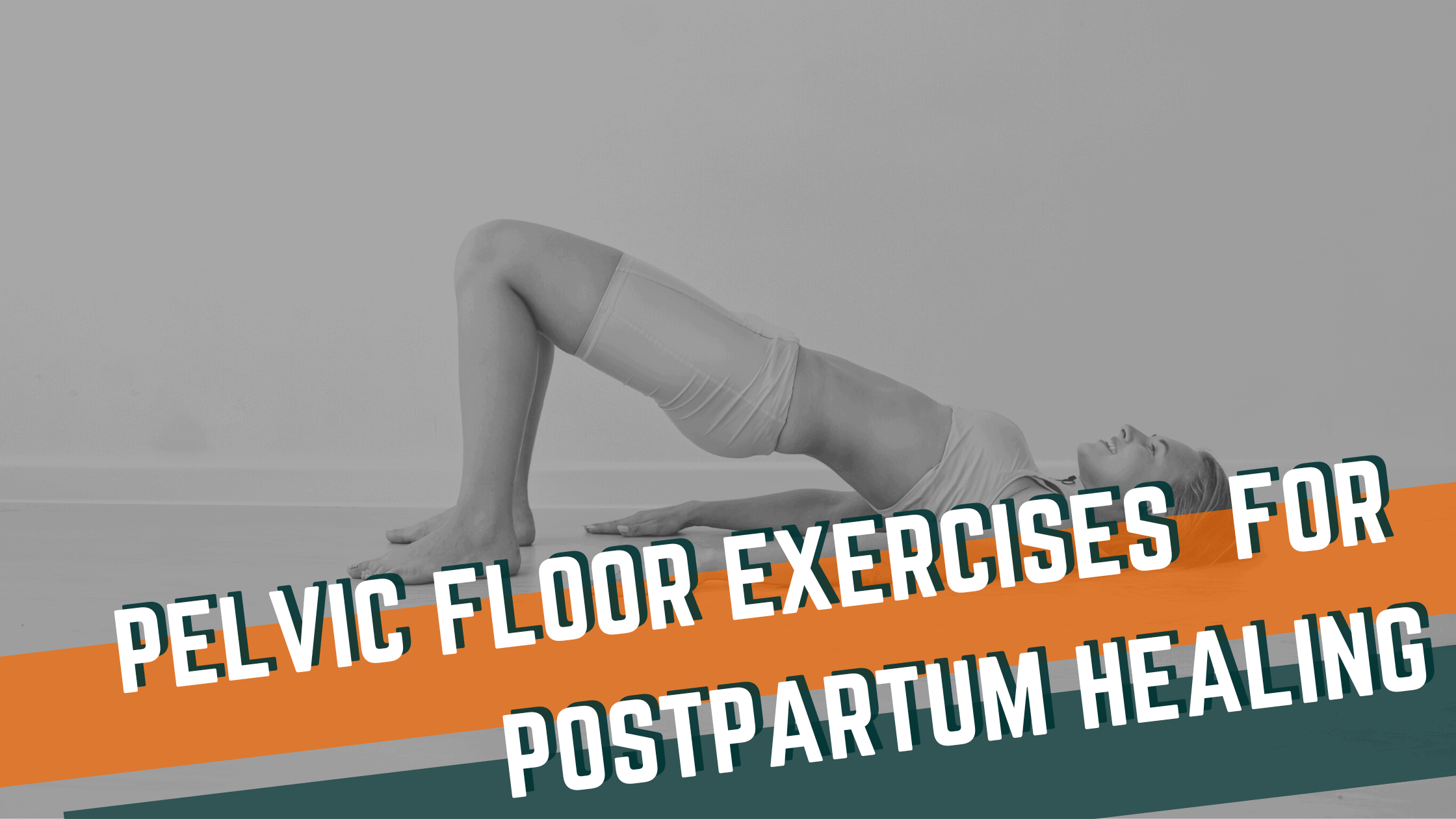
Congratulations on the arrival of your bundle of joy! As you embark on the incredible journey of motherhood, taking care of yourself is just as important as caring for your newborn. One aspect of postpartum recovery that many new moms consider is returning to exercise.
The first step to returning to exercise is reconnecting with your core musculature. When we think about our core, we often think of “6-pack” muscles, but the abdominals are just 1 of the 4 different muscle groups that make up your core. The core is a combination of our abdominal muscles (4-layers here), pelvic floor muscles, diaphragm, and posterior chain muscles (glutes and back extensors). A strong core is CRUCIAL for parenting.
Your body is AMAZING and adapted to growing a baby, which means that your muscles slowly lengthened overtime to accommodate and may have gone through a significant stretch injury with a vaginal delivery. Because of these adaptations, we may need to “re-learn” how to utilize these muscles without the extra pressure of our growing uterus! Reconnecting with your core can be done IMMEDIATELY postpartum and will improve your tolerance for returning to exercise.
Pelvic Floor Exercises for Postpartum Healing
Here is a 3 step flow to reconnect to your pelvic floor:
1: Pelvic Bloom / Pelvic Floor Downtraining
- Begin lying on your back with your knees bent. Take a deep diaphragmatic breath; inhaling through your nose and allowing the belly and side body to expand; exhaling through pursed lips allowing the belly to recoil to natural resting length. As you inhale, allow the pelvic floor to elongate; imagine a flower blooming through sit bones or an umbrella sitting in your pelvic bowl expanding on inhale and recoil to natural resting length upon exhale. Focus on relaxing upon inhaling. **DO NOT BEAR DOWN**
2: Core Brace with Breath
- Add on to the pelvic bloom inhale – With the exhale actively draw side body to spine with your abdominal muscles as if you were cinching up a corset. DO NOT ALLOW RIBS TO FLARE UP, try to knit ribs to hip bones- **DO NOT BEAR DOWN** If you feel like you are pushing down into the pelvis, initiate with a gentle pelvic floor contraction first.
3: Kegel with Breath – Add on to #1 & #2
- Initiate exhale with core brace (side body to spine) activation and finish with kegel, drawing Pelvic Floor UP and IN.
- Try to use the following cues for Kegel: 1) Nod clitoris toward tailbone 2) stop the flow of urine 3) suck a thick, smooth through a straw up your vagina 4) hold back gas / wink anus.
Returning to Exercise Postpartum
It is extremely important to recognize that the abdominal and pelvic floor muscles do NOT work alone therefore, we need to consider the other muscles of the core, including your glutes and back muscles. HERE are some examples of gentle circuits that can be done within the first 2-3 weeks postpartum following a routine vaginal delivery.
Use the “Postpartum Stoplight” to ensure the safe progression of exercises. When in doubt, always reach out to your healthcare provider for guidance.
- Red light – Reach Out to Pelvic Floor PT, OB or Midwife:
- Significant increase in vaginal bleeding, passing clots > dime, pelvic/abdominal pain that lasts >2 hours, separation of c-section incision
- Yellow Light – Rest 24 Hours & if Symptoms Reduce, Progress as Tolerated
-
- Moderate increase in bleeding, but does not last > 24 hours, pelvic floor heaviness/dragging sensation, increased pelvic or abdominal pain <2 hours, increase in leaking urine/gas/feces, increased redness/irritation around c-section incision
- Green Light – No Issues, Continue With Exercise Routine
-
- Minimal increase in bleeding, no increase in pelvic/abdominal pain, no leakage
Recent Articles
Recover Like a Pro: The Role of Manual Therapy, Dry Needling, and Mobility Work in Faster Recovery
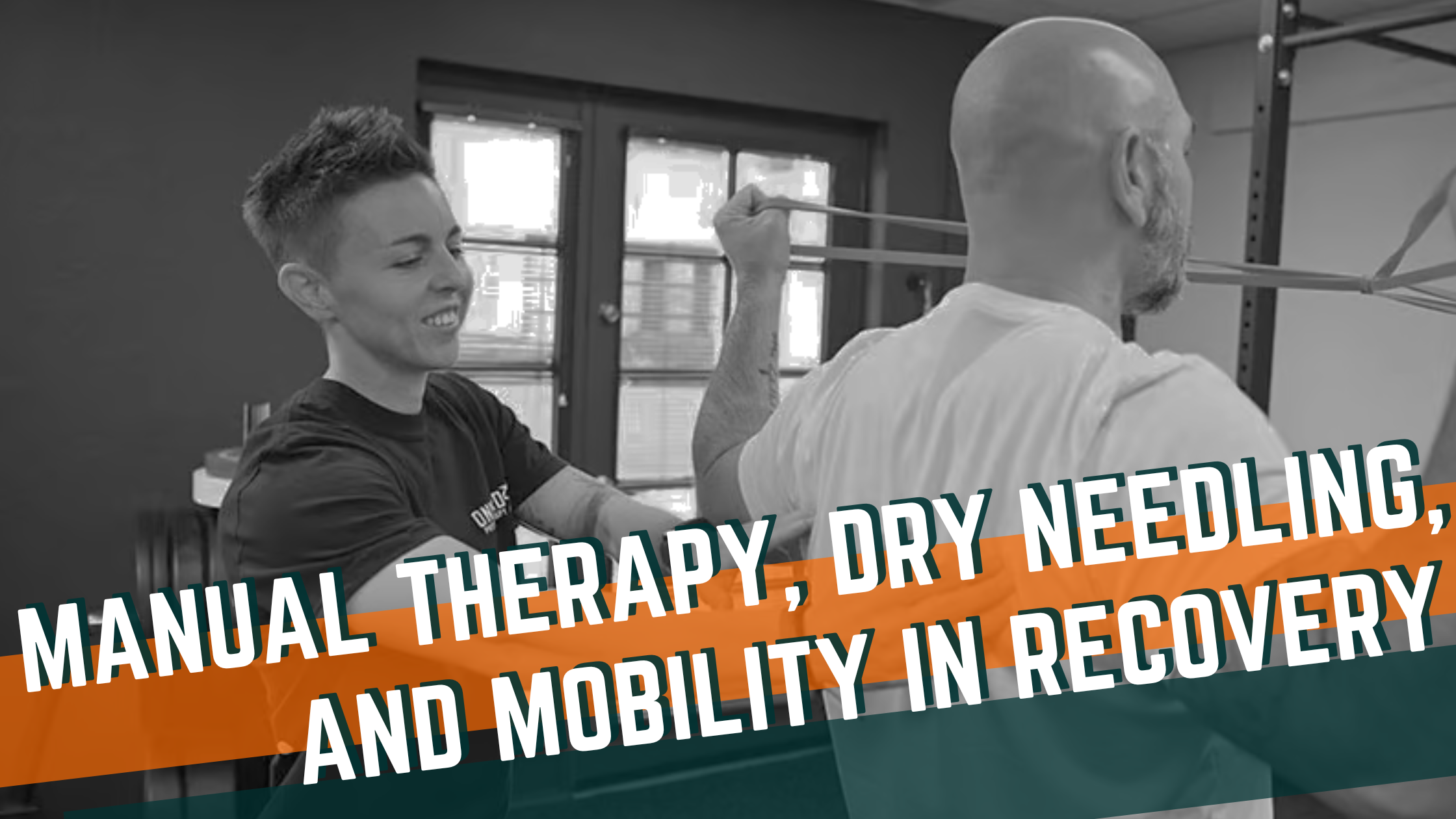
How does physical therapy help injury recovery and performance?
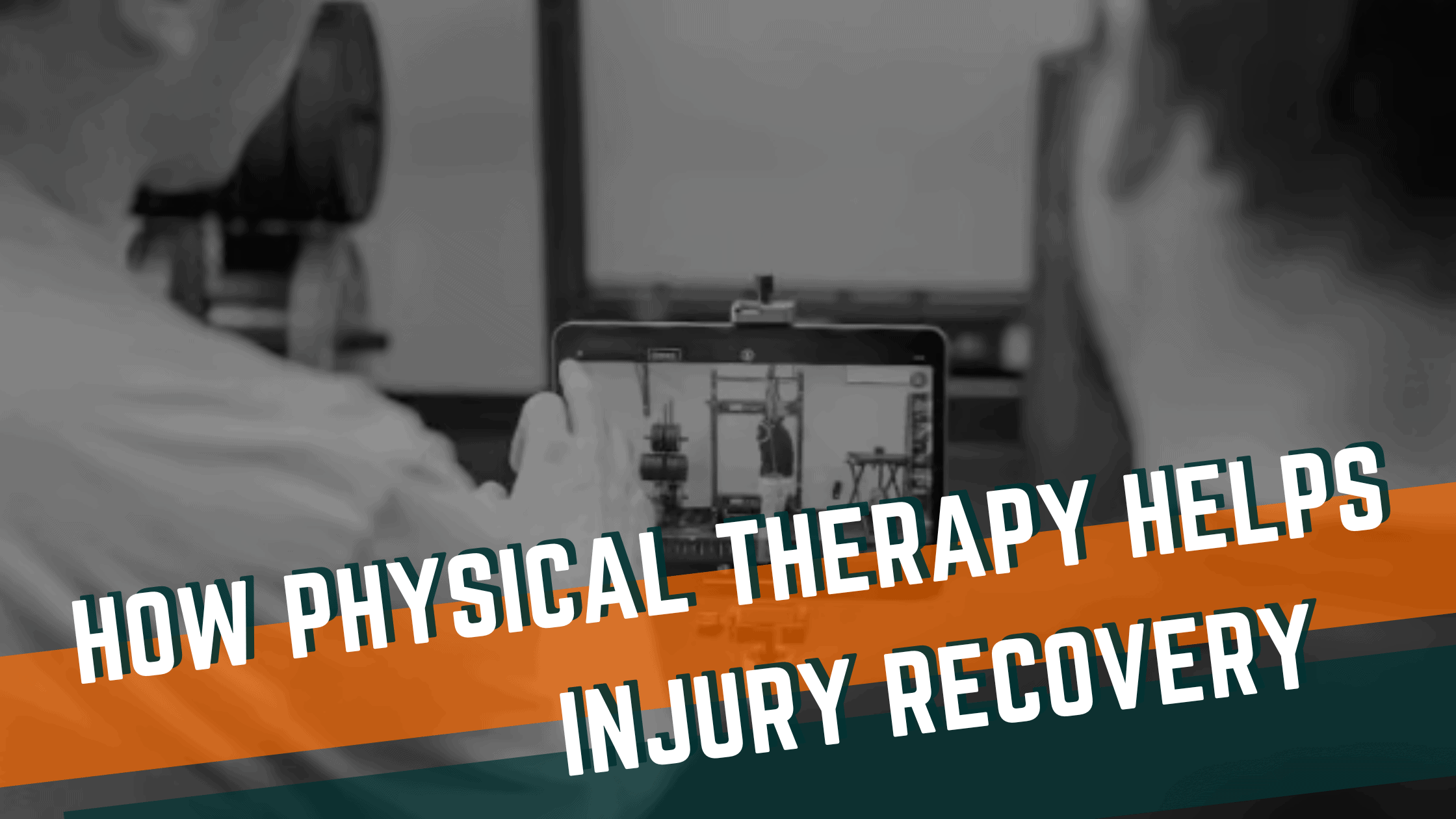
Comparing Manual Therapy to Other Treatment Modalities
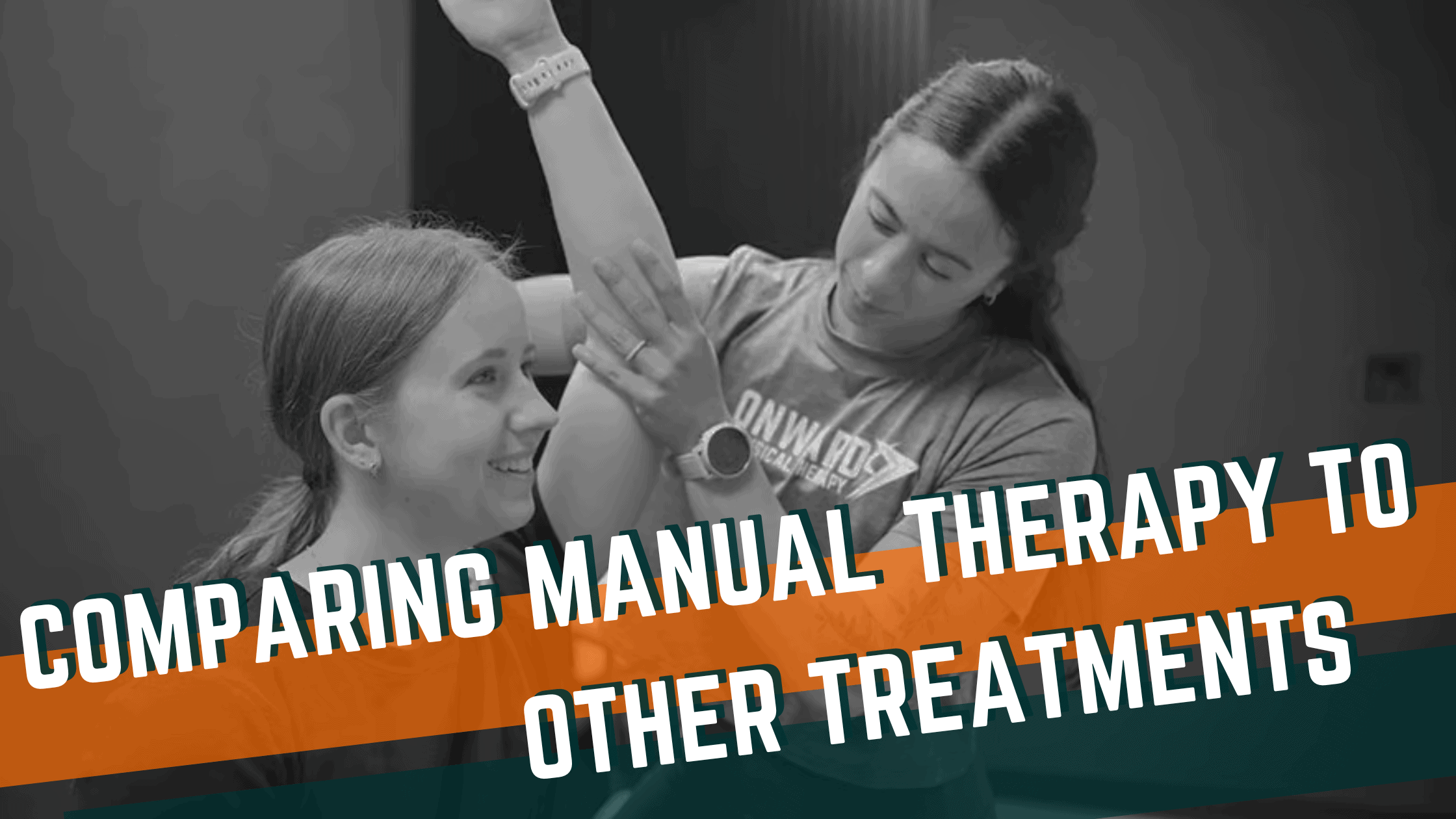
How Physical Activity Influences Mental Well-being

Non-Pharmacological Treatments for Chronic Lower Back Pain
